MTS: An Economic Force for San Diego
“$1 Billion
total MTS annual impact on the San Diego economy”
- Lynn Reaser, Chief Economist
Fermanian Business & Economic Institute, Point Loma Nazarene University
Mention “public transportation” and people think of Trolleys and buses. But there is so much more to the story. There are thousands of MTS employees who keep the fleet of nearly 1,000 vehicles maintained and operating every day. There are hundreds of thousands of people inside those vehicles that depend on transit to be productive. The all-electric Trolleys and near-zero emission buses reduce cost burdens associated with negative environmental impacts. And there are many more facts that show how our public transit system is a vital component to our regional economy. For the first time, those positive economic impacts are quantified and outlined in this Economic Impact Report.
$1 Public Investment = $2.82 Return
To assess its positive impact on the regional economy, this report quantifies MTS’ influence in many ways:
- Compensation
- Services and Supplies
- Capital Spending
- Consumer Savings
- Real Estate Development
- Business Benefits
- Tourism
- Cross-Border Transit
- Safety
- CO2 Reduction
Jobs
$625 million in earnings
Direct Employees: 3,000
Indirect Jobs Created: 10,000
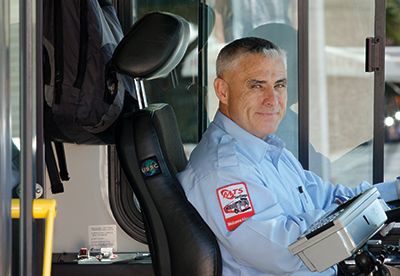
Rider Savings
$861 million
San Diego is an expensive place to live. Every dollar counts. MTS riders realize significant savings:
- $930 per month / $11,200 per year
Many riders depend on MTS to thrive:
- 22 million trips taken by seniors and people with disabilities or on medicare
- 60% are from low and middle income families
- 78% have no car available
Most riders use to transit to advance their lives:
- 34% go to and from work
- 22% go to and from school
- College student ridership has increased 50% since 2010
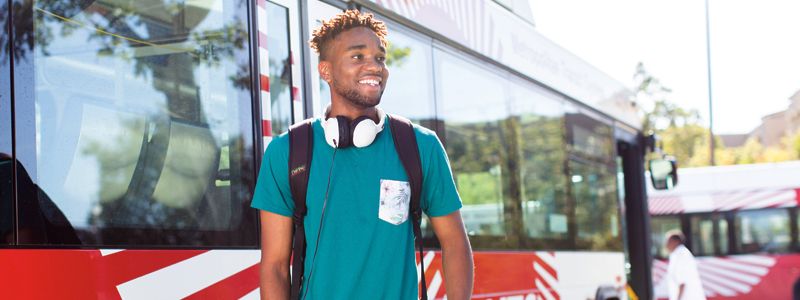
Visitors
$63 million impact
- More than one-half of all daily pedestrians crossing the US/Mexico border use MTS Trolley and buses: 19,000 people daily
- Comic-Con 381,000 trips
- Padres Games 280,000 trips
- Tens of thousands more from other special events
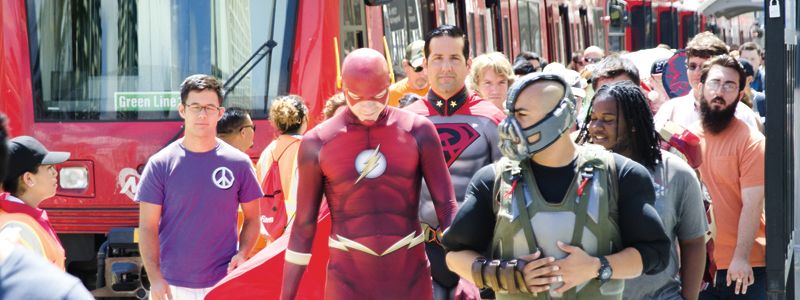
Environmental Savings
$13.6 million
- 403 million fewer car miles driven
- 958 vehicles powered by electricity, biogas and propane
- 29 million miles traveled by clean MTS Trolleys and buses
- 85 million annual passenger trips
MTS and its riders reduced the region’s CO2 emissions by 97,000 metric tons. That is the equivalent of:
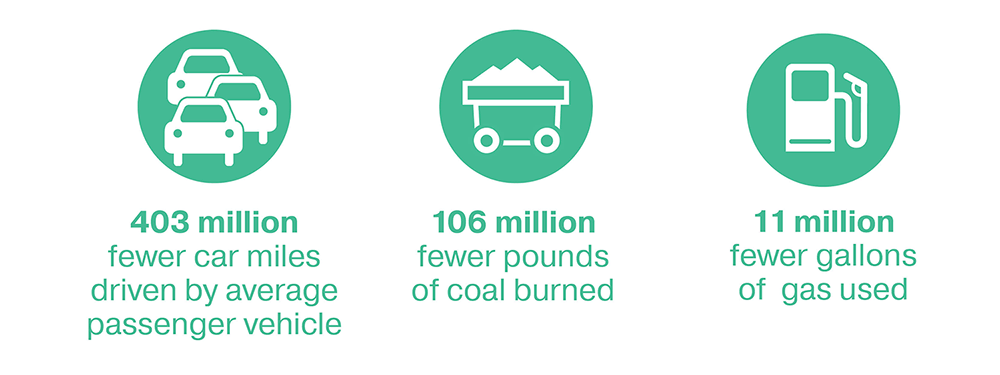
The Future
The positive economic impact of MTS operations will grow significantly in the near future.
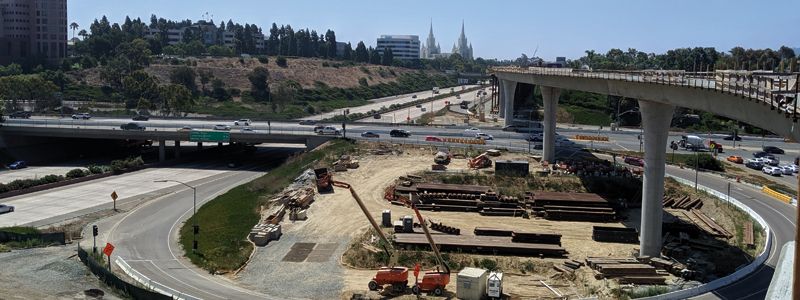
Trolley to University City
In 2021, the Trolley extension from Old Town to University City will be complete, giving people a one-seat Trolley ride from the border to UTC. It is expected to attract 20,000 new riders to the system.
Electric Buses
MTS will continue its leadership in clean fuels with the introduction of zero emission battery electric buses.
Housing
Solving the region’s housing crisis is inextricably linked to robust transit services.
Riders = Economic Prosperity
“MTS is connecting the economy in San Diego. Access to a convenient, safe and reliable transit system is the cornerstone of major metropolitan cities. It plays a significant role in bringing more investment, attracting talent and reducing greenhouse gas emissions. This Economic Impact Report highlights the numerous benefits that MTS is already bringing to San Diego communities, and why continued support of MTS is a wise investment in our transportation future.” – Nathan Fletcher, MTS Board Chair
This chart demonstrates how MTS riders – more than almost anywhere else in the country – are responsible for the tremendous economic impacts of the MTS system. The circles below show the portion of transit operational costs paid by riders.
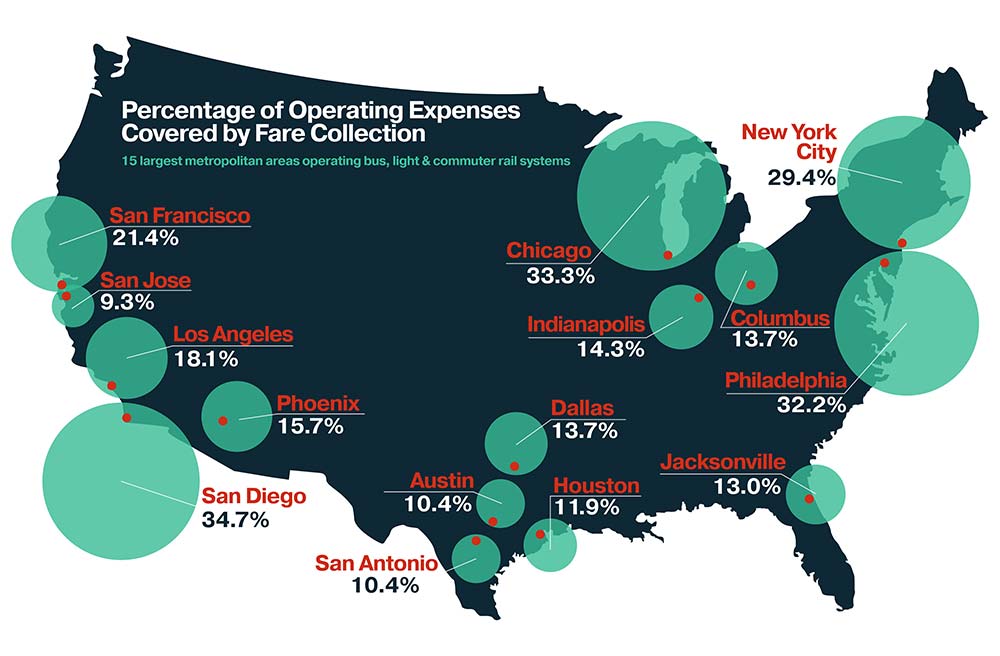
MTS commissioned the economic impact study by the Fermanian Business & Economic Institute Point Loma Nazarene University, Lynn Reaser, Chief Economist